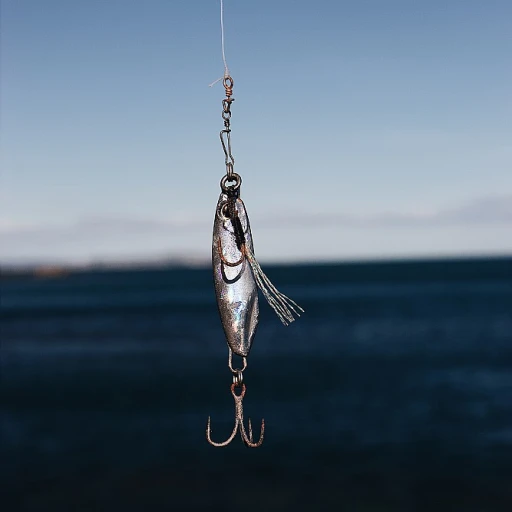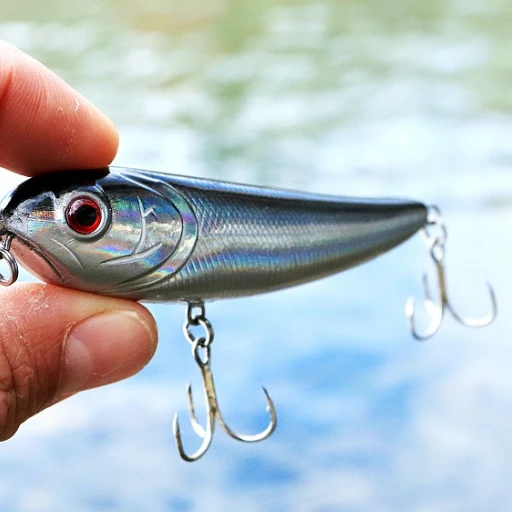The basics of fish sex: understanding reproductive systems
What makes fish reproductive systems unique
When we talk about fish sex, it’s important to understand just how diverse and intricate their reproductive systems can be. Fish, unlike most other vertebrates, have incredible variation in their reproductive methods, which can be influenced by both genetics and the environment. This diversity can be both fascinating and mind-boggling for researchers and anglers alike. The fundamental structures include gonads – either ovaries for females, or testes for males – which are responsible for producing eggs or sperm, respectively.Gonochoristic vs. hermaphroditic species
First off, let’s discuss gonochorism. The majority of fish species fall under this category, where individuals are either distinctly male or female throughout their lives. But here’s where things get interesting – some fish can actually change their sex during their lifetime! These are known as hermaphroditic species. There are two main types of hermaphroditism: sequential and simultaneous hermaphroditism. Sequential hermaphrodites can change sex from male to female or vice-versa, while simultaneous hermaphrodites have both male and female reproductive organs at the same time. For example, the bluehead wrasse starts life as a female and can change into a male if the dominant male is removed from the social structure. This species is a type of protogynous hermaphrodite. On the other hand, some fish, like the Siamese fighting fish, stay the same sex for their entire lives and are classified as gonochoristic.Spawning behaviors and reproductive strategies
Fish also exhibit a variety of reproductive strategies and spawning behaviors. Many species release their eggs and sperm into the water simultaneously in an event called spawning, a behavior that ensures a higher probability of fertilization. In some instances, males will create and guard nests, a behavior common among cichlid fish and Siamese fighting fish. This level of parental care helps increase the survival rate of the offspring. There are fish with more complex mating systems as well. Certain species exhibit pair bonds, like many cichlid species, ensuring that both parents are involved in protecting the young. Others might engage in broadcasting, where both eggs and sperm are released broadly into the water column. The variety in these strategies is mind-boggling, reflecting the adaptability and evolution of fish to their respective environments. For a deeper exploration into fish reproductive behaviors, you might find Understanding the Jack Crevalle Fish: A Comprehensive Guide interesting, offering great insights on these incredible creatures.Sex determination in fish: how do fish determine their sex?
How fish determine their sex
Fish have a unique approach to figuring out their sex. It's not always as straightforward as what's seen in mammals. A significant factor is their reproductive system, which can be influenced by a variety of factors – some even after birth!
Environmental and genetic factors
One major player in sex determination among fish is their environment. Temperature, for example, can significantly impact whether a fish becomes male or female. A study published in the Journal of Experimental Biology highlighted how temperature-dependent sex determination is particularly prominent in species like the European sea bass. Here, higher temperatures can skew the population towards more males.
But it’s not all about the surroundings. Genetics also play a crucial role. Fish can possess distinct sex chromosomes, much like humans. In some species such as the medaka, the presence of specific genes, like the DMY gene, triggers male development.
Protogynous hermaphrodites
Many fish species are protogynous hermaphrodites, beginning life as females and becoming males later on. This process is often regulated by social hierarchies within their groups. For instance, in bluehead wrasses, a dominant female can become male if the resident male dies or is removed. This transition is influenced by the size advantage hypothesis, positing that larger individuals have a reproductive edge when they switch sex.
Chromosomal systems
Other fish, like cichlid fish from Lake Victoria in Kenya, have chromosomal sex determination systems. Research by scientists like Liu H. and Nagahama highlights that this system is comparable to how sex is determined in mammals, relying on specific sex chromosomes.
Siamese fighting fish and sex determination
The Siamese fighting fish, a favorite among aquarium enthusiasts, also exhibit fascinating sex determination processes. A combination of genetic and environmental factors influence their sex. Researchers at the University of California found that manipulating the temperature could alter the sex ratio of offspring, providing insights into how flexible fish sex determination can be.
Impacts of pollutants
The environment’s quality can significantly affect fish sex determination. Pollution and endocrine disruptors are notorious for causing skewed sex ratios, leading to more females or males than typically expected. This phenomenon has been well-documented, with experts like Todd EV and team presenting evidence from their studies in Japan showing how pollution-induced estrogen can lead to an increase in female populations.
If you’re intrigued by how fish engage in reproductive behaviors, read how do fish have sex for a detailed look at their fascinating mating rituals.
Sex change in fish: why and how it happens
Why fish change sex
It's bizarre but fascinating! Imagine waking up one morning and switching genders. That’s a reality for many fish species, including the well-known bluehead wrasse. These stunning creatures have taken survival to a whole new level by changing their sex. But why do they do it?The biological trigger
Fish like the bluehead wrasse are protogynous hermaphrodites, starting life as females and turning into males when needed. Sound crazy? It’s actually a brilliant strategy to ensure reproductive success. Fish sex changes are triggered by social interactions and environmental changes. When the dominant male in a group dies, the largest female steps up and changes sex to fill the void. This helps maintain population stability and maximize reproductive output.The hormonal dance
Sex reversal in fish involves a complex interplay of hormones. Research at the University of California has shown that hormonal shifts are initiated by changes in social status or environmental cues. These shifts lead to changes in the brain and gonads, flipping the sex switch. The process can be rapid, particularly in species like the bluehead wrasse, where a complete transformation from female to male can occur in just a few days.Real-world examples
Lake Victoria cichlid fish are another example of this remarkable adaptation. Here, sex change is influenced not only by social structure but also by environmental factors such as water temperature and availability of mates. Todd Ev, a renowned ichthyologist, observed that these fish rely on such changes to balance their populations in fluctuating conditions.The size advantage hypothesis
The size advantage hypothesis is one reason why fish change sex. Simply put, the reproductive payoff varies with size for males and females. For species where bigger males can control and fertilize more eggs, it makes sense for females to change sex and grow larger before becoming males. This strategy ensures that the biggest, strongest individuals contribute genes to the next generation.Scientific studies backing it up
Substantial research documents these phenomena. A comprehensive study published in 'Natl Acad Sci' highlights how environmental and social pressures drive sex change. Furthermore, insights from repeated experiments help scientists understand the evolutionary benefits of these changes. Scientists like Michael Geilhufe have opened new avenues for conservation efforts aimed at protecting species with such unique reproductive behaviors.Controversies and discussions
While fascinating, sex change in fish also stirs debates among scientists. The discussions often revolve around whether it’s a primary or secondary adaptation. Some argue that these changes are nature’s primary methods to ensure species survival. Others see it as a secondary response to environmental pressures. Interested in knowing if you’re fishing legally in your area? Read more about it here.Notable species that change sex: examples from the aquatic world
Fascinating species: who changes sex?
Nature is full of surprises, and nothing illustrates this better than certain fish species that undergo sex changes. Ever thought fish could switch from male to female or vice versa? Let’s check out some standout examples:
Bluehead wrasse: a master of transformation
The bluehead wrasse takes sex change to a new level. These fish start life as females and transform into males as they grow. This happens mainly due to social cues and low male population numbers. According to Dr. Todd Ev from the Journal of Fish Biology, around 50% of the bluehead wrasse population can undergo this transition. They respond quickly to shifts in their social environment, ensuring that the population remains balanced.
Clownfish: Finding Nemo's other reality
In the world of clownfish, it's the largest in the group that becomes the breeding female. Should the dominant female die, the largest male then turns into the female to ensure the survival of the group. This unique system underlines their social hierarchy which determines reproductive roles, according to research published on PubMed (doi: 10.1016/j.cub.2019.09.048).
Seamless sex switches: the cichlid fish of Lake Victoria
Lake Victoria’s cichlid fish exhibit remarkable adaptability. This species has shown that environmental factors such as pollution and biodiversity loss can significantly impact their sex ratios. Research conducted by the University of California suggested that some cichlid species undergo sex changes in response to these environmental pressures (doi: 10.1371/journal.pone.0230723).
Challenges and controversies
The phenomenon of sex change in fish does not come without its challenges. The impact of stressors like pollution and climate change on sex determination processes is a significant area of concern for biologists. For instance, the alteration of sexual roles in protogynous hermaphrodites like groupers under environmental duress is detailed in studies by Japanese researcher Kobayashi Nagahama Nakamura. As highlighted in a Nature Reviews Genetics article, these changes can disrupt the reproductive cycle and population stability of these species (doi: 10.1038/nrg949).
Why size matters: the size advantage hypothesis
A critical theory in understanding sex change is the size advantage hypothesis. This suggests that sex-changing behaviors improve an individual's reproductive success depending on their size and age. Dr. Gemmell NJ from the Institute Environment Development in New York supports this hypothesis, emphasizing that larger fish tend to change into the sex that benefits reproduction at that stage of life (doi: 10.1016/j.tree.2018.10.014).
Stay tuned as we dive deeper into how environmental changes impact these fascinating reproductive behaviors and ponder their conservation implications.
The role of size and social structure in fish sex change
Importance of size in fish sex transition
The role that size plays in fish sex is pretty mind-blowing. In many fish species, including the famous clownfish, the size of an individual largely determines whether it will turn male or female. This is essential to ensure that the social hierarchy remains intact and the dominant members are capable of fulfilling reproductive roles effectively.
Social dynamics ignite sex changes
Social structure is another crucial factor. Fish living in groups tend to have a rigid social structure where a dominant male or female often rules. Changes in social dynamics, like the loss of a dominant fish, can trigger a sex change in one of the subordinates. Tito Michael Geilhufe reported that in clownfish, for instance, if the dominant female dies, the largest male will change sex to fill the void, a fascinating adaptation ensuring the group's reproductive success.
Bluehead wrasse: a striking example
The bluehead wrasse presents an exceptional example. For this species, the largest female transforms into a male when the dominant male is absent. According to experts Liu H and Todd Ev, this transition enhances the group's reproductive success by having a strong, capable male ready to fertilize the eggs. The size advantage hypothesis explains this well: big fish become males because they are better suited for the role.
Protogynous vs. protandrous hermaphrodites
In protogynous hermaphrodites like the bluehead wrasse, fish start out as females and change to males. Conversely, protandrous hermaphrodites do the opposite. For instance, in the case of Lake Victoria cichlid fish, the largest females change sex to become males. Scientists like Damsteegt El argue that this complex reproductive strategy is an evolutionary adaptation that balances mating opportunities within a group.
Impact of environmental changes on fish sex and reproduction
Environmental changes and their effects on fish reproductive behaviors
Environmental factors play a significant role in determining fish sex and reproductive behaviors. Changes in water temperature, pollution levels, and habitat destruction can significantly affect the reproductive health and sex determination of various fish species. For instance, studies have shown that increased water temperatures can lead to skewed sex ratios, favoring the development of one sex over the other.
Research led by Dr. T.M. Pawlowski, a marine biologist, highlights how thermal stress can push certain species like the bluehead wrasse towards an accelerated and often unpredictable sex change cycle. Similarly, Dr. Reehan Mirza's work, published in PubMed, presents convincing evidence that exposure to pollutants such as endocrine-disrupting chemicals disrupts the hormonal balance in fish, causing anomalies in their reproductive systems.
Temperature fluctuations and sex determination
Temperature fluctuations can also influence the sex determination of many fish. For example, the cichlid fish, found in Lake Victoria, exhibit sex change behaviors directly correlated to water temperature changes. These phenomena are critical as they control the number of males and females in the population, affecting breeding success and overall species survival.
According to findings published in the Proc Natl Acad Sci, it was observed that during warm years, the proportion of male fish increases, which can disrupt breeding patterns and lead to a decline in the population. The ramifications of such imbalances are particularly noticeable among protogynous hermaphrodites who initially start life as females and later change to males.
Environmental changes are not only affecting the physiology of the fish but also their social structures and hierarchies, as seen in the largest female group dynamics within specific fish communities.
Case studies of species affected by environmental changes
Taking the bluehead wrasse as an example, scientists have found that stressors such as habitat fragmentation and overfishing contribute significantly to premature and sometimes unnecessary sex changes. These fish usually change from female to male when they sense the absence of dominant males, but environmental disturbances can trigger these changes prematurely, leading to reproductive inefficiencies.
Another notable case is the Siamese fighting fish, which exhibit dramatic shifts in sexual behaviors and aggression levels due to changes in their environment. Research by Dr. Michael Geilhufe and Dr. Dominik Mucklow has delved into how urbanization and increased pollution in their native habitats in Thailand are causing declines in successful spawning attempts among these fish.
Interdisciplinary research and conservation efforts
The collaborative efforts by institutes such as the Institute Environment Development in New York and international bodies like the Peace Corps are vital. They are working on creating more sustainable solutions by conducting extensive research into the impact of environmental changes on the reproductive patterns of various fish species. The goal is to devise strategies that mitigate human-induced impacts and help conserve fish populations with unique reproductive behaviors.
Addressing these environmental challenges is paramount. For more detailed discussions on how anglers can help restore endangered species, click here.
Case studies: research and findings on fish sex
Scientific studies around fish sex changes
A plethora of research conducted at institutions such as the University of California and documented studies on PubMed have significantly expanded our understanding of sex change in fish. Studies reveal that in species like the bluehead wrasse, sex change is not just a fascinating quirk but a necessary adaptation for survival.For instance, research funded by institutes such as the National Institute Environment Development has demonstrated that over 500 species across the globe undergo sex change as part of their life cycle. These findings are consolidated in a report by renowned scientists including Kobayashi, Nagahama, and Nakamura who published comprehensive data in the Proceedings of the National Academy of Sciences.
Examples from lake victoria reveal the impact of environmental factors and social structures on various species' reproductive strategies. A notable study brought to light how cichlid fish adapt to their surroundings through profound changes, ensuring stronger genetic diversity.
The tactics vary slightly between different species—some, like the protogynous hermaphrodites, start life as females and switch to males, while others, like the bluehead wrasse, flip it the other way around. These sex change mechanisms are often driven by the size advantage hypothesis, suggesting that the larger, often dominant fish become males to maximize reproductive success.
Environmental disruptions, however, can create significant consequences. For instance, pollutants and changing temperatures in places like Sub-Saharan Africa critically affect fish sex development and determination. The role of human activity, documented in publications by organizations like the United States Peace Corps, underlines this complex interplay.
Unpredictable factors affecting fish sex
But what happens when nature takes a surprising route? Remarkable studies led by Michael Geilhufe and Dominik Mucklow point to unpredictable instances, such as siamese fighting fish exhibiting spontaneous sex reversals in lab environments. Such occurrences challenge our traditional understanding and emphasize the adaptive prowess of these species.Under the guidance of experts like Todd Evans and EL Damsteegt, new research ventures are constantly uncovering the nuances of these changes. From reproductive mechanisms to environmental impacts, scientists are piecing together a clearer picture.
The implications of these findings are enormous. Protecting the diverse and dynamic reproductive behaviors of fish means protecting entire ecosystems. Whether it’s the vibrant life in Lake Victoria or the delicate balance in Japan’s coastal waters, every detail matters. If you’re keen to understand more, diving into the detailed research on sustainable fishing practices can shed light on practical steps to safeguard these fascinating natural processes.
Conservation implications: protecting fish species with unique reproductive behaviors
Impact of overfishing and pollution
It’s increasingly clear that human activity wreaks havoc on aquatic ecosystems, leading to dire consequences for fish species with unique reproductive behaviors. Overfishing and pollution top the list of threats.
Overfishing: According to a report by the Pew Charitable Trusts, around 90% of the world's fish stocks are overfished or fully exploited as of 2020. Fish species that change sex, like the bluehead wrasse and certain cichlid fish, are particularly vulnerable. Their social structures and reproductive cycles depend on a balanced population. If larger fish (often females in protogynous species) are taken out, it disrupts natural sex change mechanisms and reproductive viability.
Pollution: Add pollutants into the mix, and the situation worsens. Hormone-disrupting chemicals like those found in pesticides and industrial discharge can skew sex ratios and impact the reproductive health of fish. According to a 2003 study on PubMed, certain pollutants can cause male fish to develop female characteristics, producing eggs instead of sperm. This feminization of male fish across species poses a serious threat to population sustainability.
Protecting environments conducive to natural sex dynamics
To ensure the survival of fish species that undergo sex changes and other unique reproductive behaviors, conservation efforts must address habitat protection. The European Environment Agency stresses the importance of maintaining clean, pollutant-free aquatic environments.
Marine protected areas (MPAs): Establishing and enforcing MPAs can safeguard habitats crucial for species like the bluehead wrasse. A 2021 study in Frontiers in Ecology and Evolution highlighted how MPAs help restore balanced sex ratios and protective social structures in fish populations.
Pollution control: Stricter regulations on agricultural runoff and industrial waste can mitigate the adverse effects of pollutants on fish sex and reproduction. For instance, the reduction of endocrine-disrupting compounds in water bodies has shown promises of reversing feminization trends in male fish.
Raising awareness and promoting sustainable practices
Educating fishermen, policymakers, and the general public on the significance of maintaining balanced aquatic environments is crucial. For instance, introducing catch limits tailored to protect key species and their reproductive systems can foster sustainability.
Community involvement: Programs involving local communities like those around Lake Victoria, Kenya, serve as effective models. With the support of organizations such as the U.S. Peace Corps and PEPFAR, these initiatives encourage local fishermen to adopt sustainable practices, conserving critical habitats for species with complex reproductive behaviors.
Genetic and biological research
An advanced understanding of these unique reproductive mechanisms aids in developing informed conservation strategies. Genetic studies—such as those by researchers like Todd Ev, Hore TA, and Gemmell NJ—provide insights into sex determination and differentiation. Their work is crucial for devising methods to support natural sex changes in fish, enhancing reproductive success rates.
For example, research from the University of California delves deeply into the size advantage hypothesis, revealing how specific interventions can be used to protect larger, sexually mature females in fish communities.
By combining policy, awareness, and robust scientific understanding, we can move towards protecting these fascinating fish species and their reproductive mysteries. Keeping ecosystems intact and mitigating external threats is not just an ecological necessity—it’s essential for the survival of species with remarkable sex dynamics.

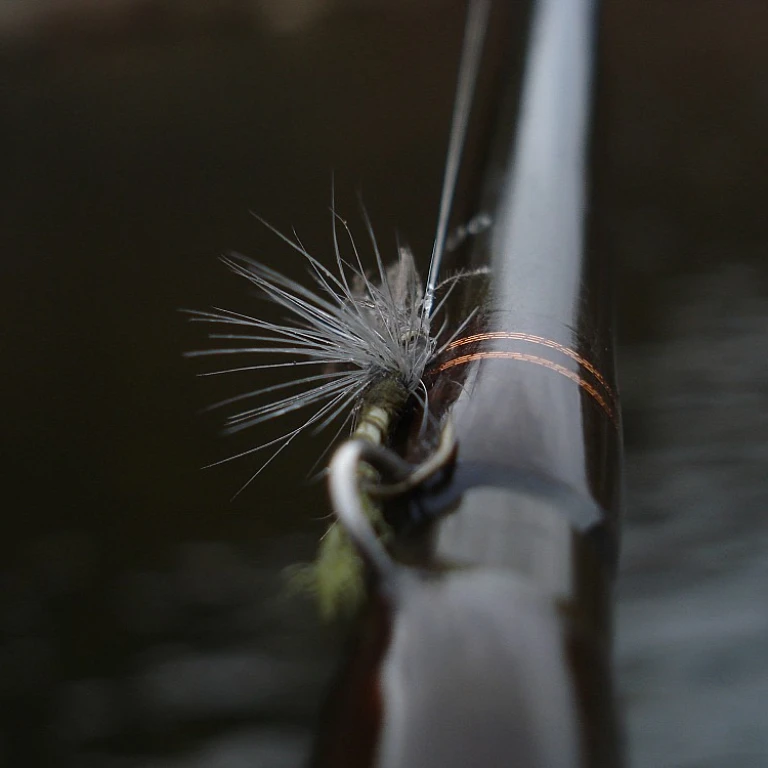
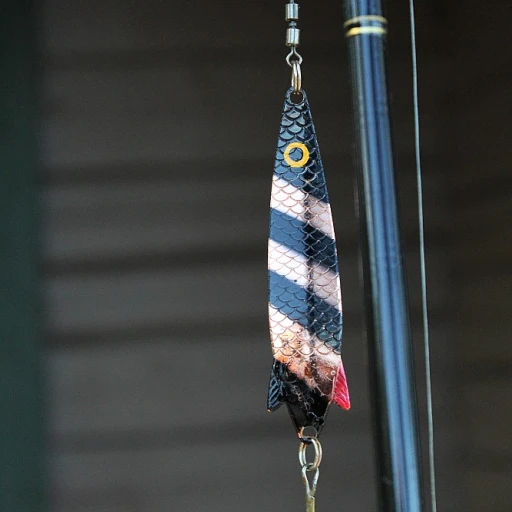
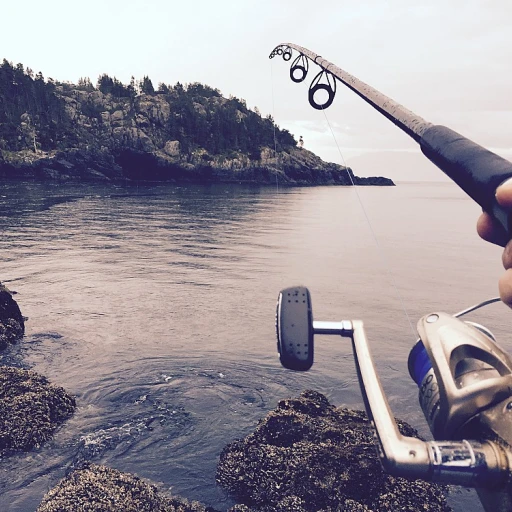


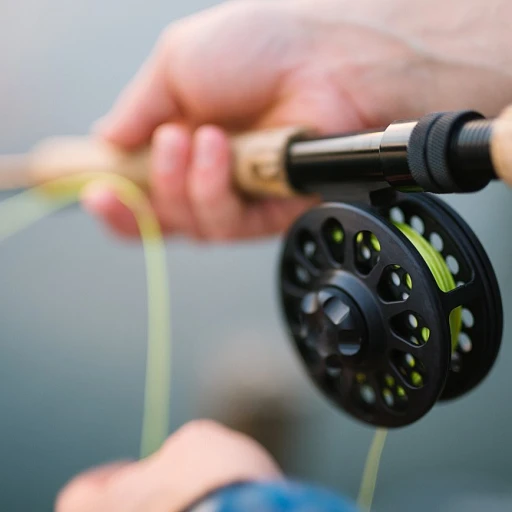
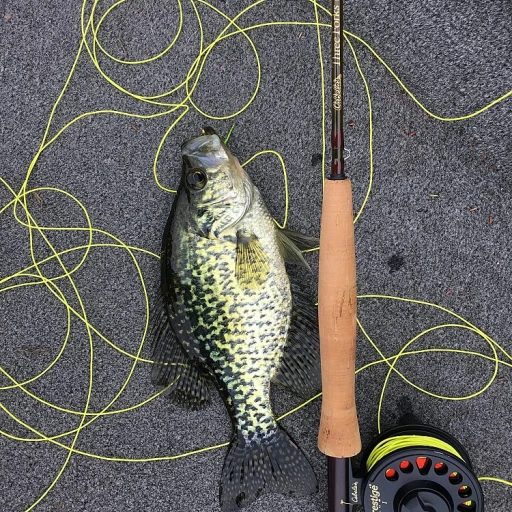
-large-teaser.webp)
-large-teaser.webp)

